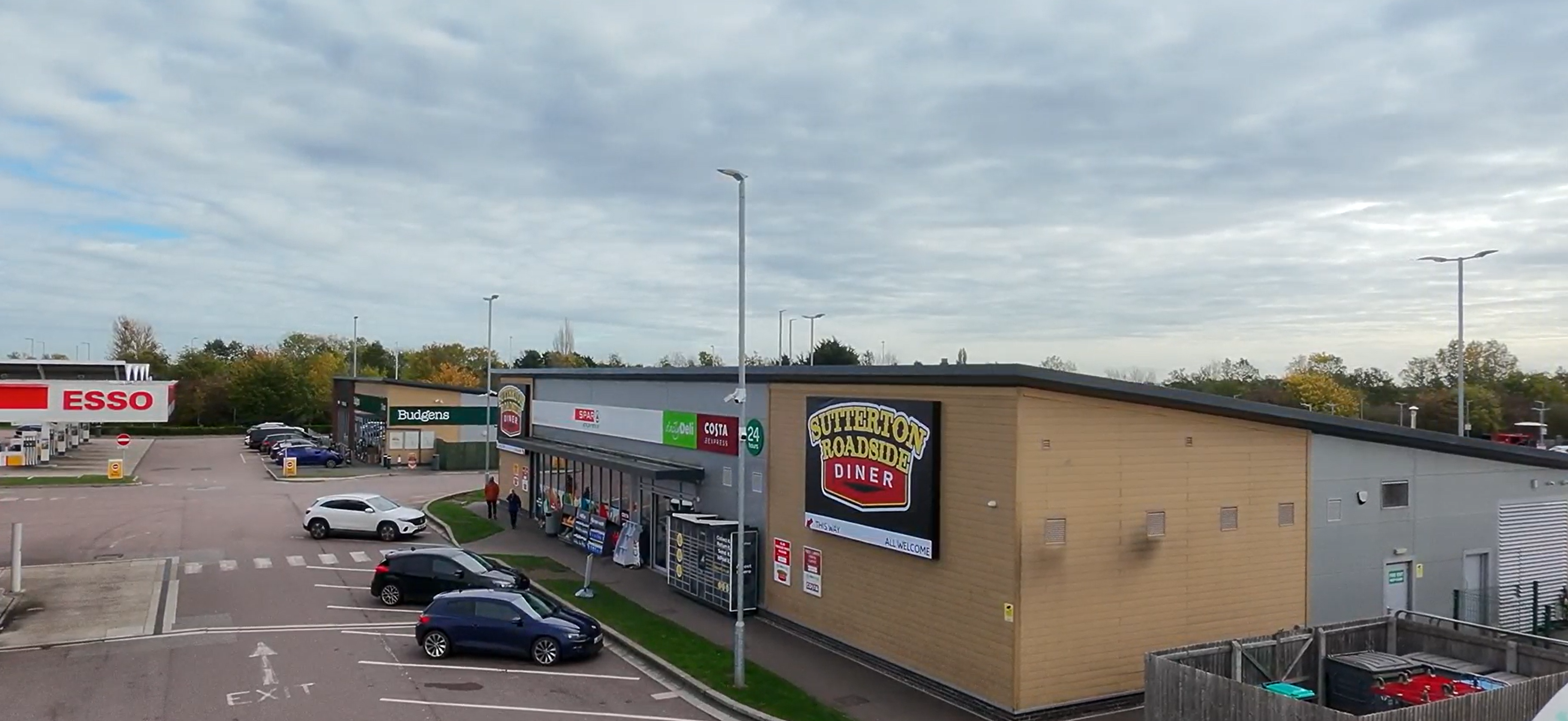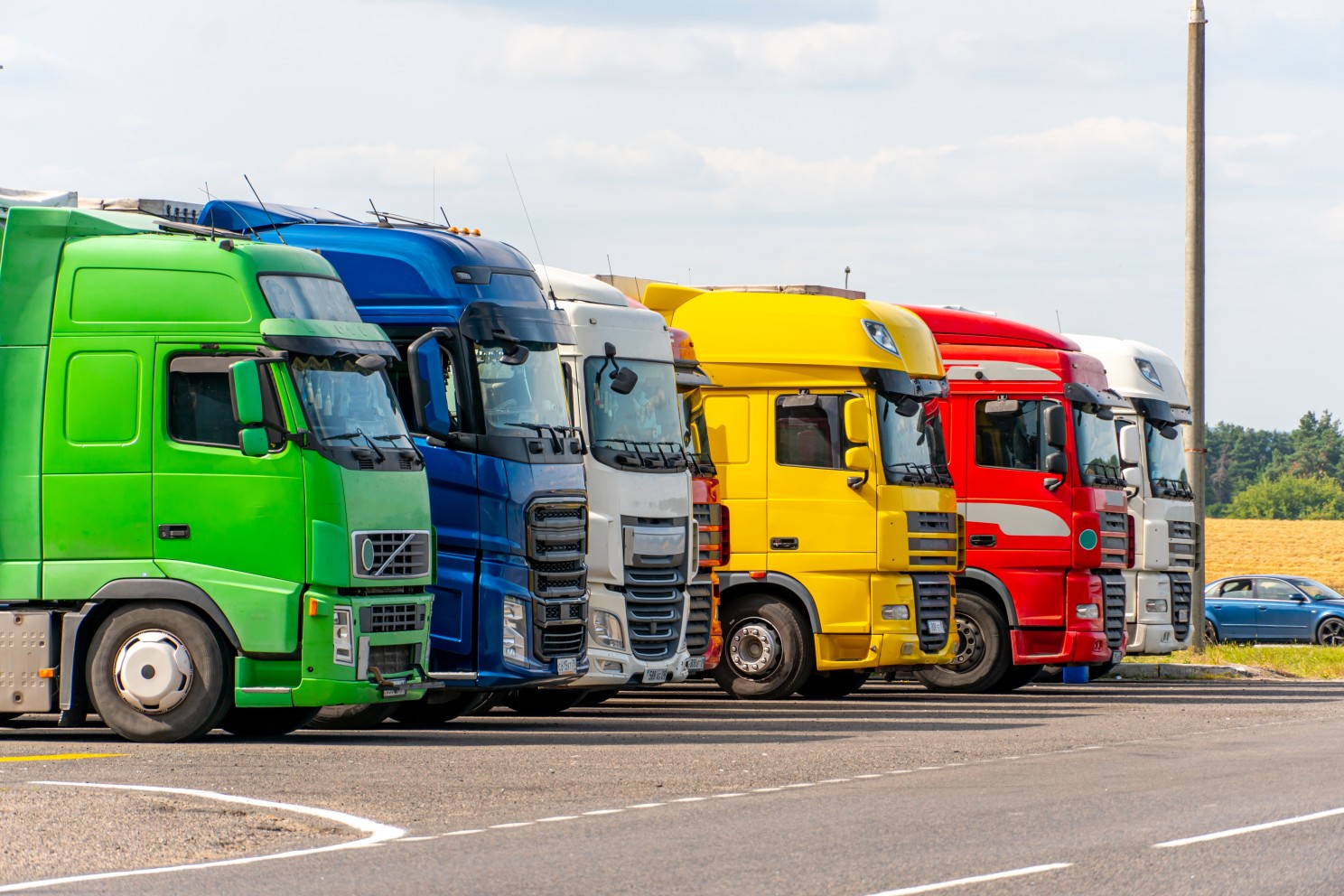
Susie Jones
Байки далекобійників: історії з відкритих доріг
Створено: 22.08.2024
•
Оновлено: 22.08.2024
Ми хочемо пролити світло на спільноту вантажоперевізників і познайомитися з людьми за кермом.
Від гелікоптерів, що приземляються перед вантажівками, до автомобілів, що виїжджають на зустрічну смугу, - дізнайтеся більше про водіїв, які доставляють ваші вантажі.
Алан
Алан працює водієм вже 23 роки і вирішив приєднатися до цієї індустрії після того, як послухав пісні Еллі Томсон про водіння вантажівок. Коли його запитують, що він найбільше любить у цій роботі, він відповідає, що це "усамітнення, яке приносить водіння вантажівки - повне відокремлення від домашнього життя".
Вантажівки Volvo - його улюблені, адже він подорожує Великобританією, перевозячи товари з Amazon. Він каже, що перевозив багато цікавих товарів: "Вибір безмежний - просто подумайте про все, що продає Amazon".
Водіям, які паркуються на ніч, важко розважитися під час простою. Однак досвідчені водії, такі як Алан, мають свій вечірній розпорядок дня до дрібниць. Він каже, що "любить дивитися Sky TV через iPad", коли паркується на ніч.
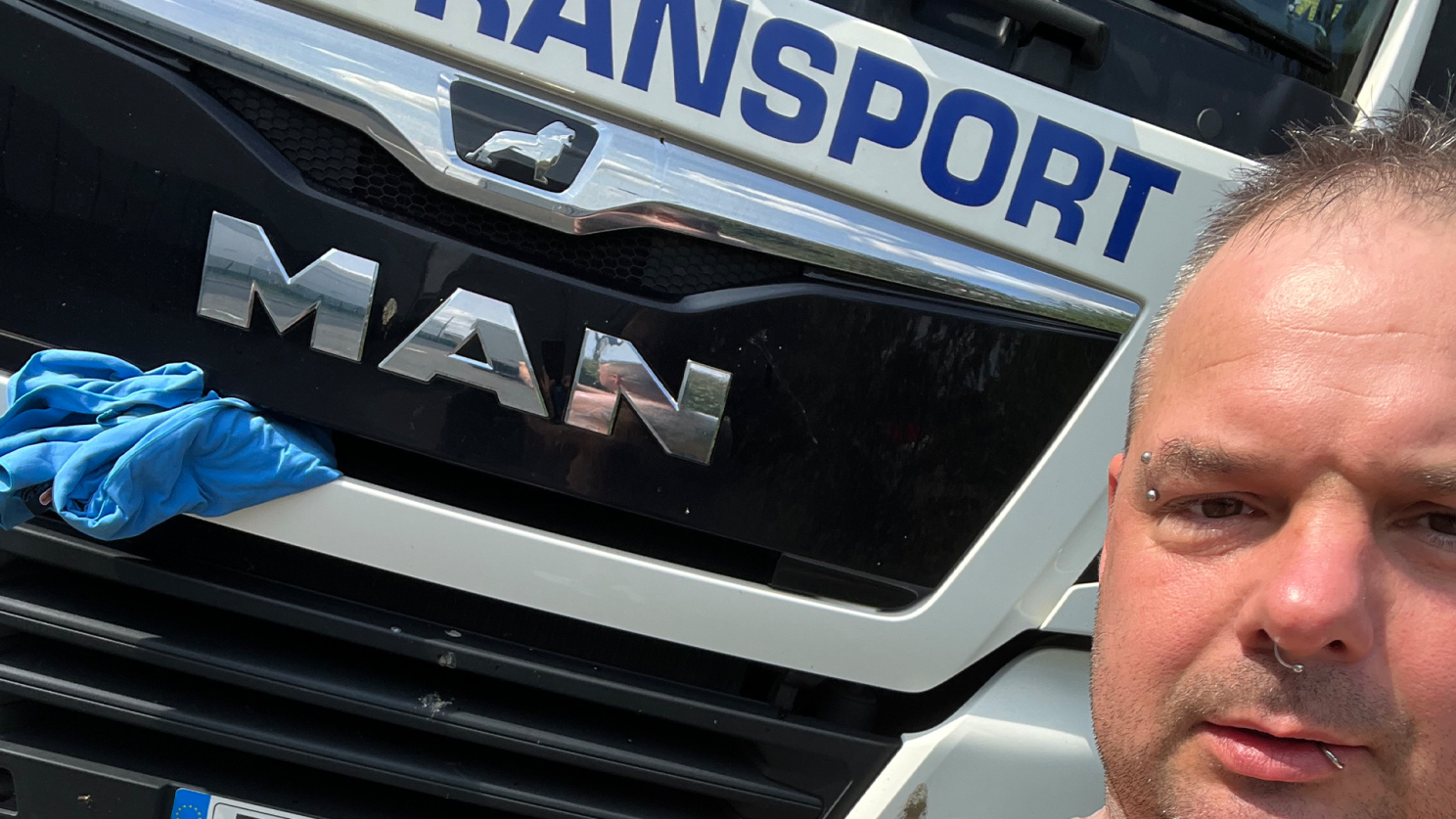
Для водіїв, які намагаються не нудьгувати за кермом, ми підготували список способів запобігти нудьзі.
Хоча довгі години в дорозі можуть здатися багатьом монотонними, Алан пояснює, що завжди є щось, що тримає його в тонусі.
"Думаю, найбожевільніша річ, яку я бачив за кермом, - це вертоліт, що приземлився прямо переді мною", - пояснює він, і це далеко від монотонної репутації, яка окутала галузь протягом десятиліть.
Маючи за плечима 23 роки роботи в цій галузі, Алан пропонує кілька порад, які допоможуть зберегти ваш перламутрово-білий колір під час подорожей.
Він пояснює: "Порада, яку я б дав усім новачкам у цій галузі, - завжди пам'ятати, що ваша зубна щітка має бути зарядженою".
Річард
36 років тому Річард розпочав свою кар'єру в галузі вантажоперевезень і ніколи не озирався назад. Він підхопив водійську хворобу, коли приєднався до двох своїх старших братів, щоб допомагати доставляти вантажі по всій Великій Британії.
"Я люблю завантажуватися і вирушати в дорогу. Я сам вирішую, коли мені робити перерву і де зупинитися. Бути в дорозі і подорожувати по всій Великобританії - це чудово", - пояснює він.
За час своєї кар'єри життя на дорозі привело його до Мілану, Італія - виснажлива подорож навіть для найдосвідченіших водіїв. Коли його запитують, як він розважається під час подорожей, він відповідає: "Я люблю слухати музику і дивитися фільми під час простою".
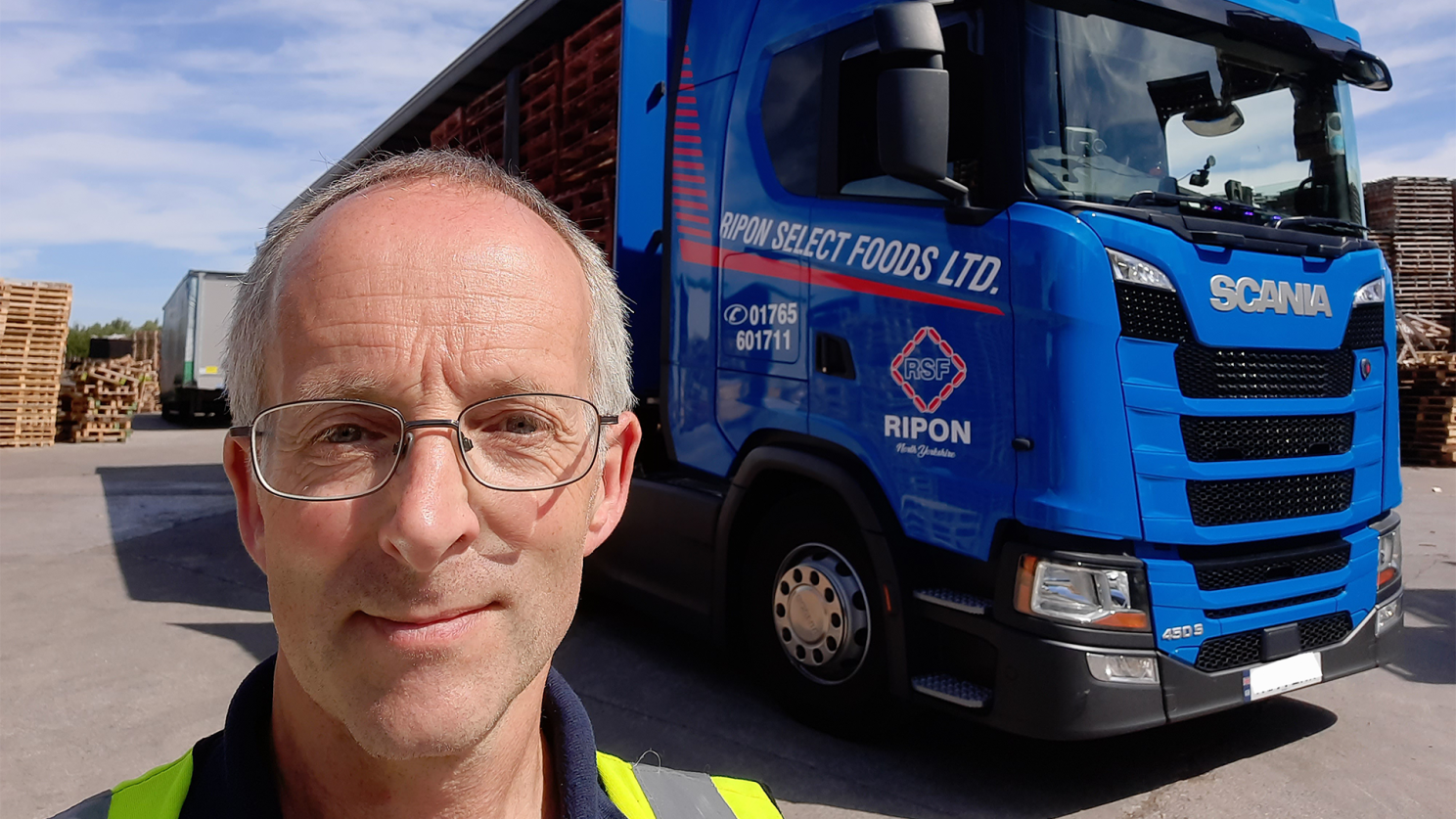
Найкраща вантажівка для цього? "Це має бути Scania Next Generation 450S", - каже він.
Для Річарда 30 років у цій галузі не обійшлися без божевільних історій і незвичайних доставок: "Я бачив, як машина їхала не в той бік по автобану, як з'їжджала з дороги, що ковзала. Найцікавіше, що я перевозив у кузові вантажівки, - це поплавок з параду на День Святого Вілфреда".
Хоча Річард все ще любить відкриту дорогу, він стверджує, що іноді за це доводиться платити. Він пропонує чудове розуміння реальності цієї професії та поради для тих, хто хоче приєднатися до цієї галузі.
"Дуже добре подумайте, чи підходить вам ця кар'єра. Очікуйте довгих робочих годин і відсутності сімейного життя".
Шон
Шон виріс у сім'ї водіїв, тому водіння вантажівок було у нього в крові. 20 років тому він сів за кермо і почав свою кар'єру в галузі вантажоперевезень.
Ця робота має багато переваг, але Шон найбільше любить свободу, яку вона дає. Ця свобода привела його аж до Шотландії на шеститижневе служіння. Під час цих довгих подорожей його розвагою є дзвінки друзям і перегляд телевізора.
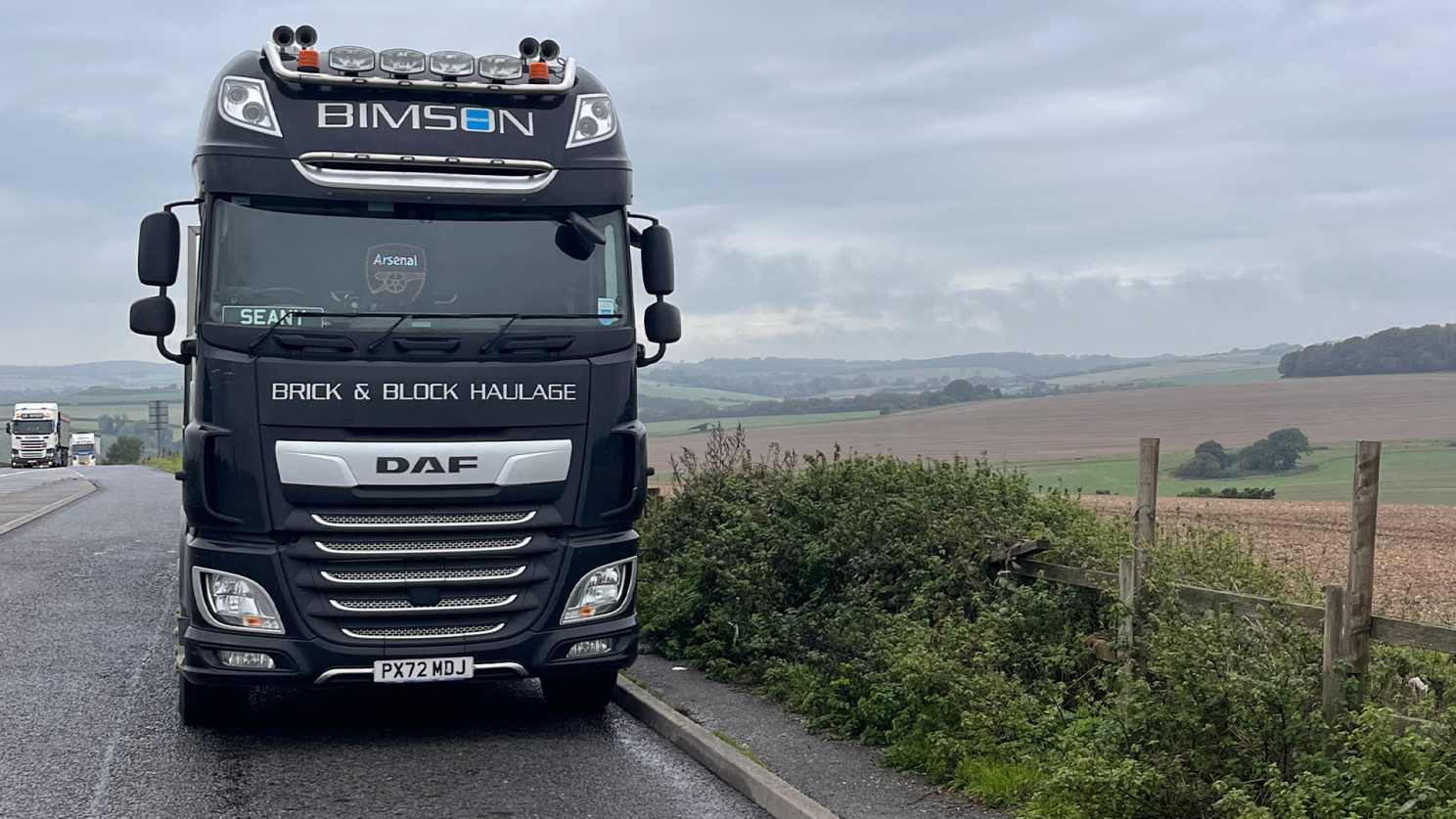
Крім того, зупинки вантажівок відіграли для Шона ключову роль у боротьбі з ізоляцією, яку приносить водіння. Зупинки вантажівок, які часто є роєм активності, дозволяють Шону наздогнати друзів під час подорожі.
Ці піт-стопи - чудова нагода почути божевільні історії від інших водіїв вантажівок. Як і Річард, найдивнішою річчю, яку бачив Шон під час своїх подорожей, була "машина, що їхала не в той бік автостради в темряві" - історія, яка дуже часто трапляється серед водіїв-далекобійників.
DAF XF 530 - улюблена вантажівка Шона для перевезення будівельних матеріалів по всій Великобританії. Він радить усім, хто хоче зробити кар'єру в галузі вантажоперевезень, "просто спробувати!"
Дейв
Дейв водить вантажівки вже 30 років і встиг побувати в Данії та Іспанії. Коли він не подорожує на своїй улюбленій вантажівці Volvo FH, він любить дивитися серіали в комфорті своєї кабіни.
"Поведінка деяких водіїв змусила мене розповісти кілька божевільних історій", - пояснює він. Однак, коли ми запитали Дейва про найцікавішу річ, яку він перевозив у кузові своєї вантажівки, він залишився небагатослівним - "це цілком таємно", - стверджує він.
За 30 років роботи у сфері вантажоперевезень Дейв дізнався кілька цікавих фактів про цей світ. Він дає чудову пораду тим, хто хоче розпочати свою кар'єру в цій галузі: "Переконайтеся, що ви на чомусь спеціалізуєтеся".
Аластер
Відносно новачок у цій галузі, Аластер вирішив продовжити кар'єру водія вантажівки, щоб мати чим зайнятися після виходу на пенсію. Маючи п'ять років за плечима, він насолоджується різноманітністю професії більше, ніж будь-чим іншим.
За цей час Аластер встиг помандрувати Великобританією та Європою: "Я побував в Інвернесі, Копенгагені, Лісабоні, Будапешті та Римі", - розповідає він.
Щоб не нудьгувати, Аластер любить слухати "Radio 4, LBC та 5 Live".
Подорожуючи Європою, він не раз був свідком незвичної поведінки інших учасників дорожнього руху. Однак ближче до дому йому довелося маневрувати своєю вантажівкою через "демонстрації в Лондоні. Це була, мабуть, найбожевільніша річ, яку я пережив", - пояснює він.
Для фанатів агента 007 Аластер розповідає, як йому доводилося перевозити надсекретні предмети.
"Найцікавішою річчю, яку я перевозив у кузові вантажівки, були б, мабуть, експонати з виставки про Джеймса Бонда", - каже він.
Хоча Аластер працює в цій галузі не так давно, у нього є кілька слів для новачків.
"Порада, яку я б дав тим, хто думає про те, щоб приєднатися до світу перевезень, - зберігати спокій".
Шон V
Любов Шона до доріг сягає корінням у літні канікули, проведені з батьком у його вантажівці. Після 30 років за кермом його любов до водіння продовжує зростати.
"Що мені подобається в цій роботі, так це можливість побачити всі красиві місця у Великобританії та Європі", - пояснює він. Завдяки цій роботі він побував у різних місцях, а найвіддаленішим з них був Рим.
Коли він не досліджує міста, Шон любить розважатися, дивлячись телевізор, використовуючи свій iPad, а до недавнього часу - граючи в ігри в комфорті власного таксі.
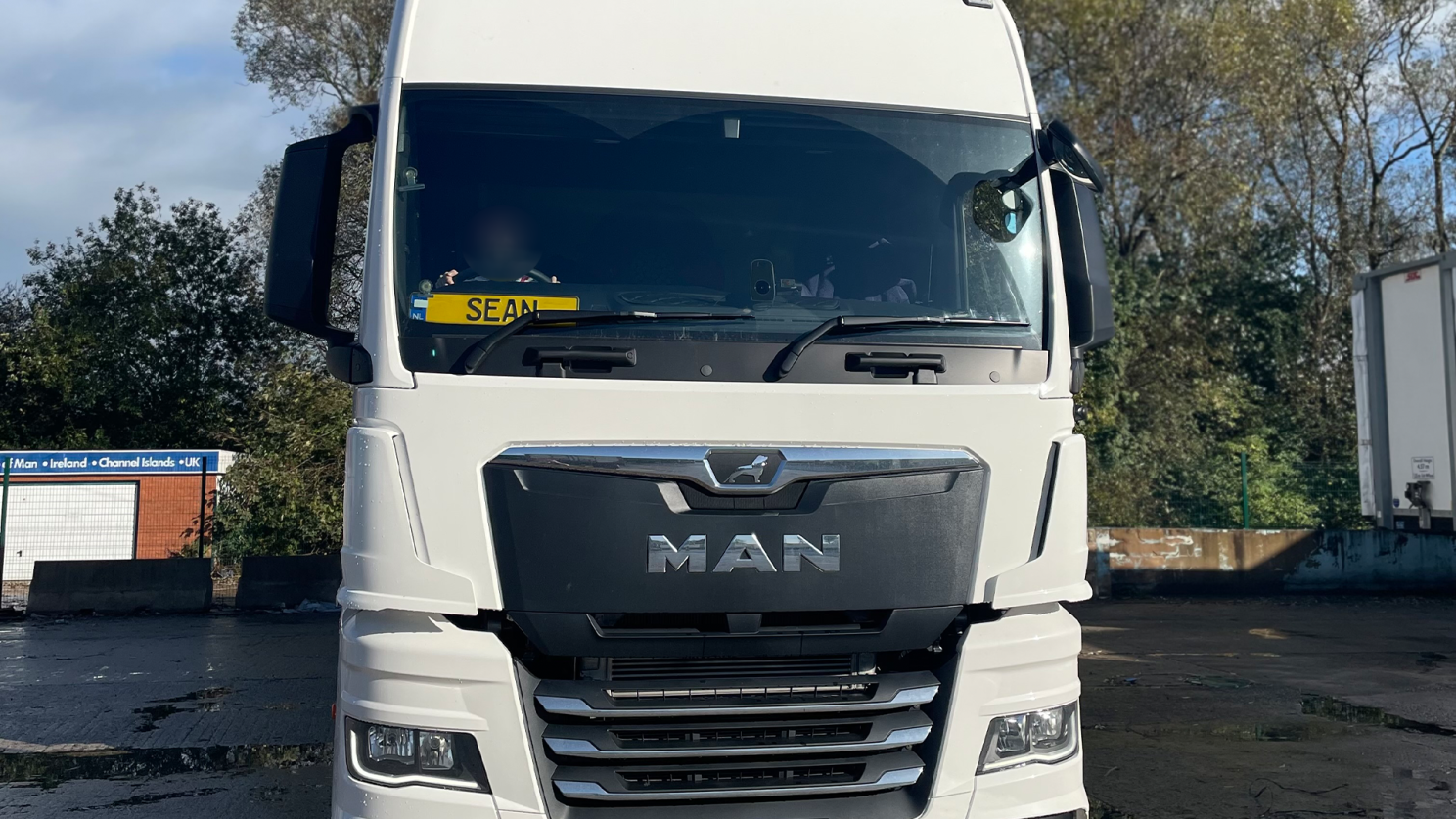
Найбожевільніша річ, яку він бачив на дорозі?
На жаль, Шон став ще одним свідком картини, яка дуже часто зустрічається серед водіїв вантажівок - "машина їде по автостраді в неправильному напрямку", - пояснює він.
Протягом 30-річної кар'єри Шон стверджує, що вантажівки DAF були його улюбленими, а найцікавішим вантажем, який він перевозив, було "спеціалізоване медичне обладнання".
Любов Шона до галузі переважує деякі негативні аспекти роботи. Однак для тих, хто хоче розпочати свою кар'єру в галузі вантажоперевезень, він може запропонувати ці мудрі слова:
"Якщо ви думаєте приєднатися до індустрії, будьте готові до того, що вам доведеться працювати довгі години".
Підпишіться на SNAP вже сьогодні
SNAP полегшує ваше життя, підключаючи вас до нашої широкої мережі автотранспортних послуг. [Підпишіться сьогодні.] (https://snapacc.com/sign-up/)
